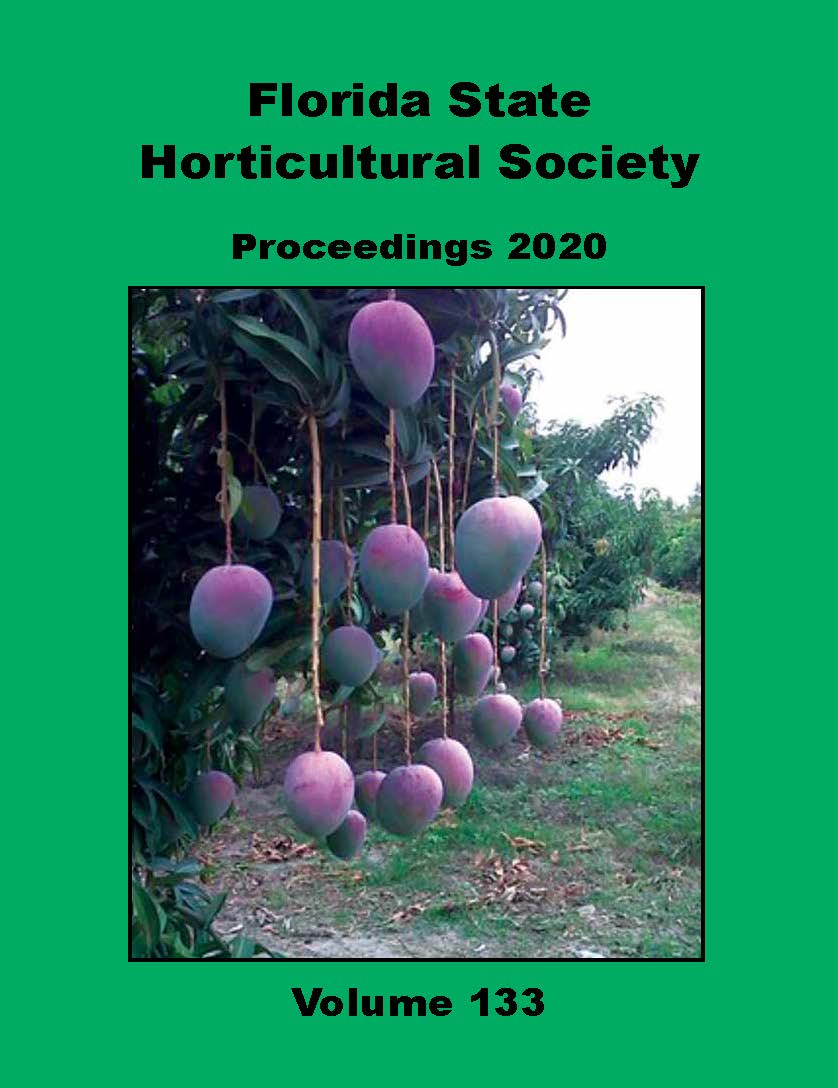Management of the Pepper Weevil, Anthonomus eugenii Cano (Coleoptera: Curculionidae) using Bio-rational Insecticides In Combination with Aggregation Pheromone
Abstract
Pepper, Capsicum annum L., is an important crop grown mostly in tropical and subtropical regions, including Florida and several other states in the southern region of the United States. The pepper weevil, Anthonomus eugenii, is the most harmful insect pest of pepper in Florida and other tropical and subtropical regions of North, Central, and South America. All commercially cultivated peppers are susceptible to pepper weevil including Jalapeño pepper. The use of broad-spectrum insecticides is the major management tool used for pepper weevil control; their continuous use has led to the development of resistance. Therefore, alternative approaches are needed for effective control. We conducted studies evaluating the effect of bio-rational and conventional insecticides in combination with an aggregation pheromone against pepper weevil under field conditions. Parameters evaluated include the number of adults on plants, the number of infested fallen fruits, and marketable yield. Infested fruits collected from each treatment plot were dissected to evaluate larval, pupal, and adult density. Results show that the number of adults observed on plants and the number of infested fruits did not differ statistically when the same insecticide treatment was compared with and without the pheromone. However, there were statistical differences when treatments were compared across all sampling dates. Marketable yield was lower in the pheromone treated plots compared to plots without the pheromone. This information provides an insight into developing a sustainable approach to manage pepper weevil.

